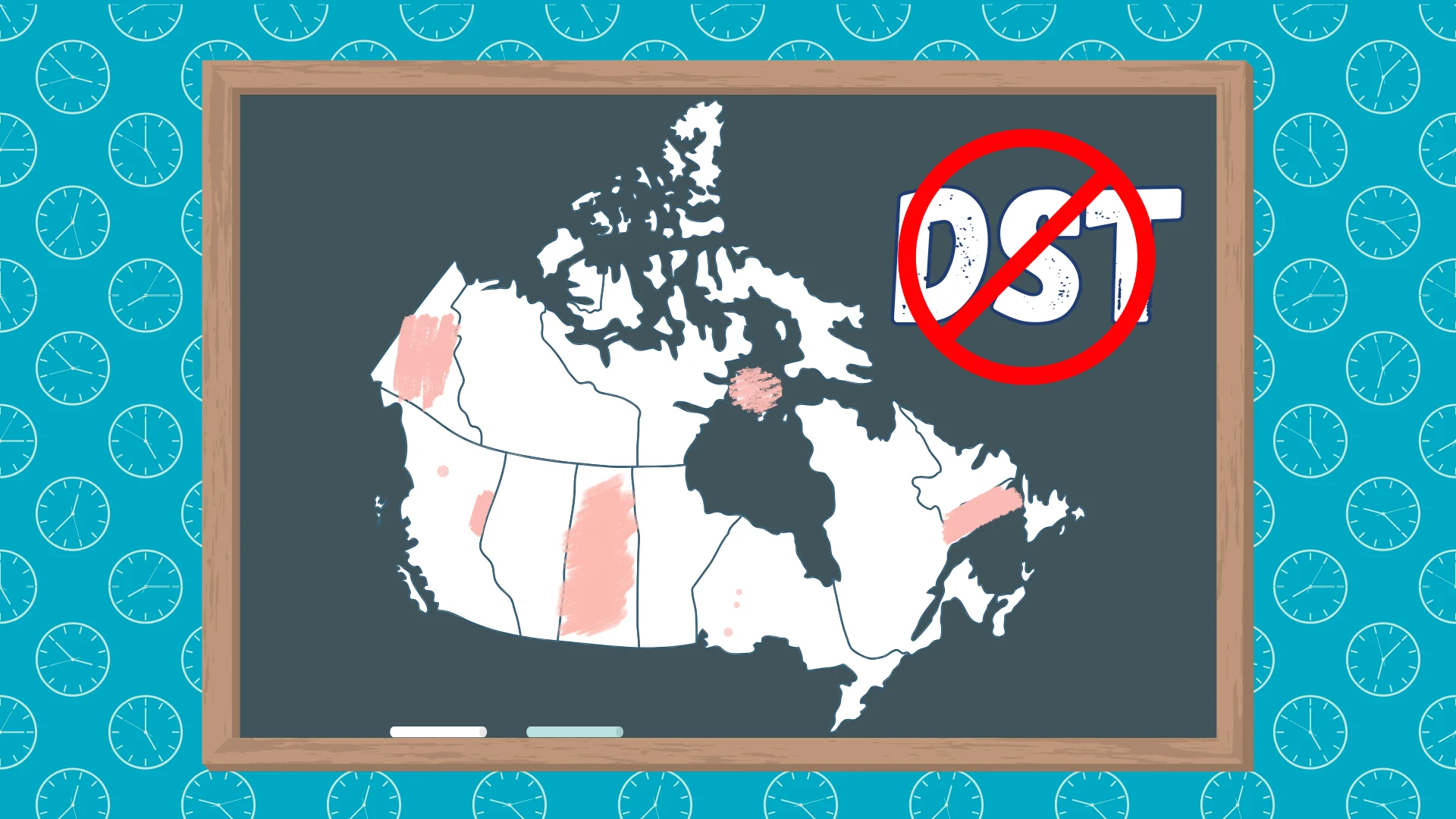
FALL BACK: Let's set the record straight on daylight saving time
Some confusion seems to have set in for many people regarding the time change... So no: it won't happen this weekend across Canada!
First, let’s discuss daylight hours
From the first day of fall to the first day of winter, the amount of daylight hours drops from 12 hours and eight minutes, to just nine hours and 27 minutes.
It's certainly the time of year when we notice mornings and nights getting much darker.

The right date to remember this year
It's important to know that the time change occurs before the very end of solar autumn. This year, it's precisely at 2:00 a.m., on the night of November 1st to 2nd, that most Canadians’ clocks will go back one hour.

Where the confusion may stem from
Since 2007, the time change has been set for the second Sunday in March and the first Sunday in November. From 1987 to 2006, it was usually the first Sunday in April and the last Sunday in October. That's where the confusion may come from! So, we're moving to Eastern Standard Time. The good news for those who like to sleep in is that they'll have an extra hour to snooze on the morning of November 2nd!
WATCH: Why daylight saving time can make you feel off
SEE ALSO: What would permanent Daylight Saving Time look like in Canada?
Why do we change our clocks?
The idea behind DST is to maximize the amount of sunlight we see throughout the day, though the switchover isn't universally popular. Among the potential drawbacks to pushing the clocks back 60 minutes, include depression, as the decreased hours of daylight are difficult to manage for many, and a loss of natural vitamin D due to the drop in the amount of available sunlight through the winter.

(GRAPHIC: Area's marked in the colour red do not observe daylight saving time)
Additionally, the end of daylight saving time, or the "fall back," leads to an increase in pedestrian and wildlife accidents because evening rush hour suddenly occurs in darkness, which is also when many people are in the car. To learn more about that and how to stay safe, watch the video below.
This article includes files from Anne-Marie Lobbe.
